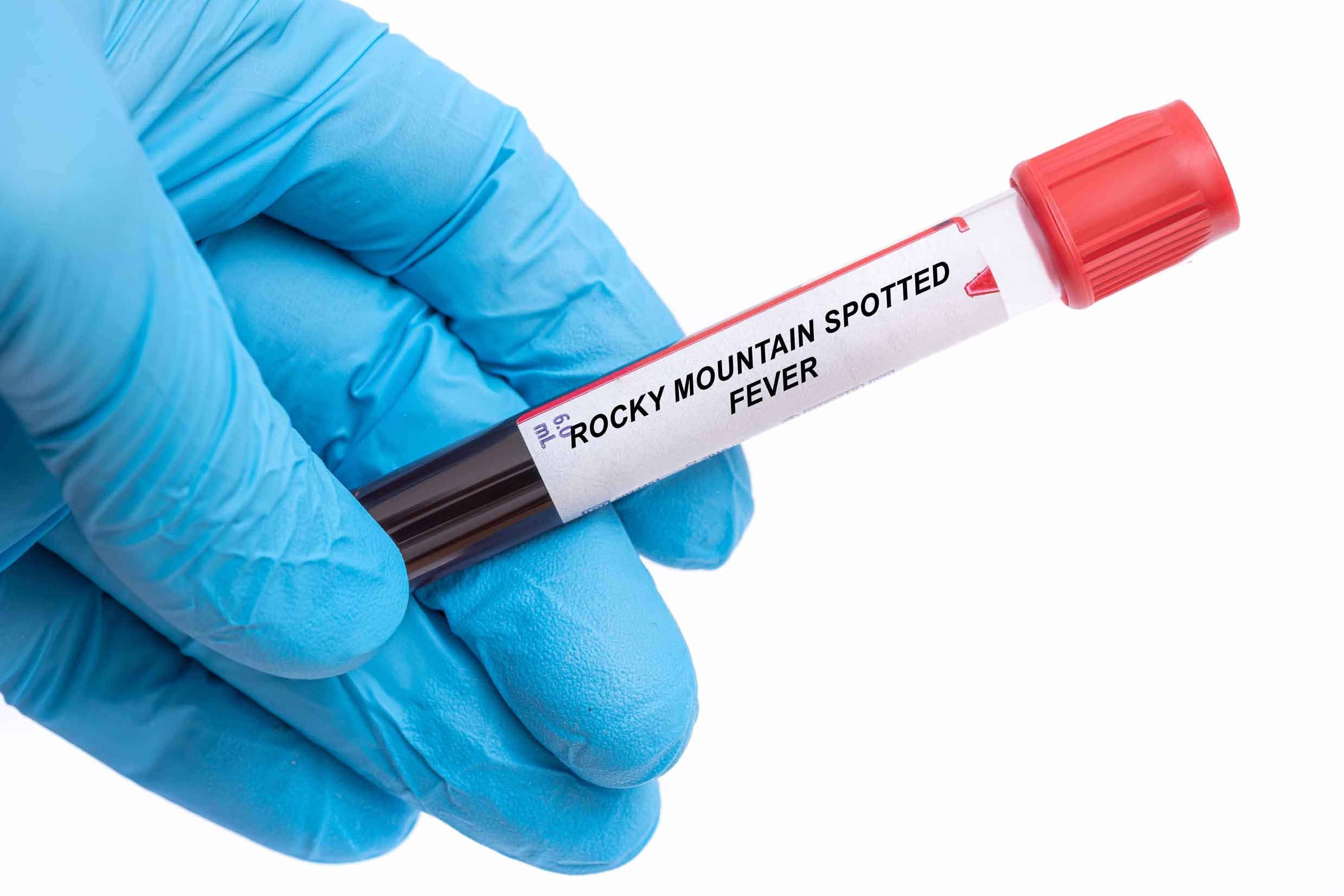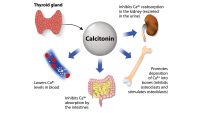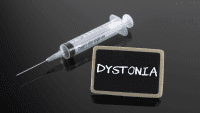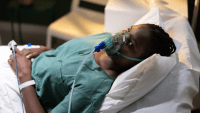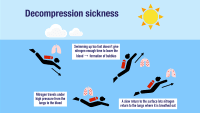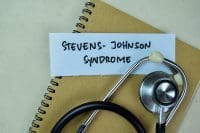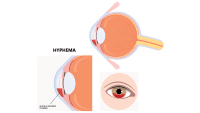Astute triage results in timely treatment.
James Johnson*, a 21-year-old man, has no significant past medical history. While on a hiking trip in North Carolina, he received a tick bite. Seven days later, he developed a headache, fever, and rash around his wrists and ankles, prompting a trip to the local emergency ED.
History and assessment
Denise*, an experienced ED nurse, completes the triage for Mr. Johnson, who informs her that he removed an engorged tick from his groin 7 days ago. He tells Denise that he developed a diffuse throbbing headache, subjective fever, and a “red” rash on his ankles and wrists.
Mr. Johnson’s vital signs include temperature 101.5° F (38.6° C), HR 102 bpm, RR 20 breaths per minute, BP 108/70 mmHg, and oxygen saturation 98% on room air. Denise notices a blanching erythematous macular rash around Mr. Johnson’s ankles and wrists. She assigns an emergency severity index of 2 (out of 5) and escorts Mr. Johnson to the treatment area.
Lyme disease prevention and treatment
Taking action
Denise notifies the attending ED physician of her concern about Rocky Mountain spotted fever (RMSF). The physician assesses Mr. Johnson and notes a blanching erythematous macular rash on his wrists, palms, ankles, and soles. The physician orders an immediate complete blood cell count, comprehensive metabolic panel, and indirect immunofluorescent antibody (IFA). He also initiates treatment with doxycycline.
Outcome
Mr. Johnson is admitted to the medical–surgical unit for observation. His laboratory studies show mild thrombocytopenia (139,000 μL), and the initial IFA is non-reactive. The hospitalist prescribes doxycycline (100 mg, twice daily for 7 days) and acetaminophen (650 mg, every 8 hours as needed) for headache or fever. Mr. Johnson’s clinical status improves, and after his fever resolves, he’s discharged 24 hours later with close primary care follow-up. The hospitalist also orders a repeat IFA in 4 weeks.
Education and follow-up
RMSF, a potentially lethal, although curable, tick-borne disease, is caused by the Rickettsia rickettsii bacterium. It’s the most common rickettsial infection in the United States, with most cases reported in North Carolina, Arkansas, Oklahoma, Tennessee, and Missouri. The incubation period is 2 to 14 days, although most presentations occur 5 to 7 days after exposure. Healthcare professionals must report all cases to public health officials.
Early symptoms include fever, headache, malaise, myalgias, nausea, and a blanching erythematous rash with macules. The rash appears primarily on the wrists, palms, ankles, and soles, ultimately spreading to the trunk and becoming petechial. Delayed treatment can lead to neurologic involvement and increased morbidity and mortality. IFA remains the standard diagnostic test, and doxycycline serves as the mainstay of treatment. Treatment mustn’t be delayed while awaiting IFA results.
To prevent tickborne infections, nurses should educate patients to avoid densely wooded areas, treat clothing with permethrin, wear light-colored clothing, apply insect repellant, tuck in all clothing, and thoroughly assess the body for latent ticks after being outside. In the case of Mr. Johnson, Denise’s astute triage assessment facilitated the timely implementation of an evidence-based treatment plan.
To learn more about RMSF, visit bit.ly/4azlCe9.
*Names are fictitious.
Aaron M. Sebach is dean of the College of Health Professions and Natural Sciences at Wilmington University in New Castle, Delaware, and a nurse practitioner at TidalHealth Peninsula Regional in Salisbury, Maryland.
American Nurse Journal. 2024; 19(5). Doi: 10.51256/ANJ052454
References
Centers for Disease Control and Prevention. Rocky Mountain spotted fever (RMSF). May 7, 2019. cdc.gov/rmsf/index.html
Jay R, Armstrong PA. Clinical characteristics of Rocky Mountain spotted fever in the United States: A literature review. J Vector Borne Dis. 2020;57(2):114-20. doi:10.4103/0972-9062.310863
Pace EJ, O’Reilly M. Tickborne diseases: Diagnosis and management. Am Fam Physician. 2020;101(9):530-40.
United States Department of Health and Human Services. Rickettsiosis subcommittee report to the tick-borne disease working group. January 24, 2020. hhs.gov/ash/advisory-committees/tickbornedisease/reports/rickettsiosis-subcomm-2020/index.html

